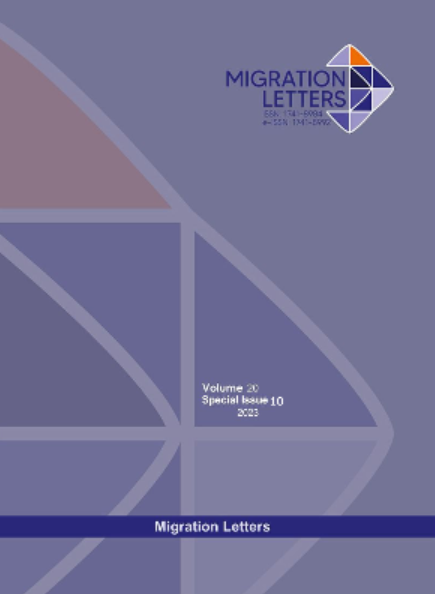Calculation of Uranium Concentrations in the Blood of People with Diabetes in (Salah al-Din / Dhuluiya) using the CR-39 Nuclear Impact Detector
DOI:
https://doi.org/10.59670/ml.v20iS10.5149Abstract
A study was conducted to measure the concentration of uranium in Al-Duluiya District, Salah Al- ddin Governorate. The study looked at a number of people of both sexes (both men and women), with volunteers with diabetes (46), 30 men and (16) women, as well as smokers (23) and non-smokers (23) and by calculating the uranium concentration in blood samples from diabetic patients (2.31 μg/L), the percentage was traced back to smoking men aged (72) years, with the second highest percentage of uranium concentration in blood. The lowest uranium concentration in blood samples was (2.1 μg/L) for a male smoker aged (70 years) and for a non-smoking female aged (32 years) The value is (0.82 μg/L),Comparing the results from sick and healthy individuals with the highest and lowest concentration results from the blood samples examined, we found that the average concentration of uranium in diabetics was 1.18 micrograms/liter and in healthy individuals was 0.93 micrograms/liter, Shows that uranium concentrations increase more than in healthy people due to areas that have seen many wars and fighting leading to an increase in the proportion of the population suffering from various diseases such as cancer, kidney damage and diabetes.
Metrics
Downloads
Published
How to Cite
Issue
Section
License

This work is licensed under a Creative Commons Attribution-NonCommercial-NoDerivatives 4.0 International License.
CC Attribution-NonCommercial-NoDerivatives 4.0






